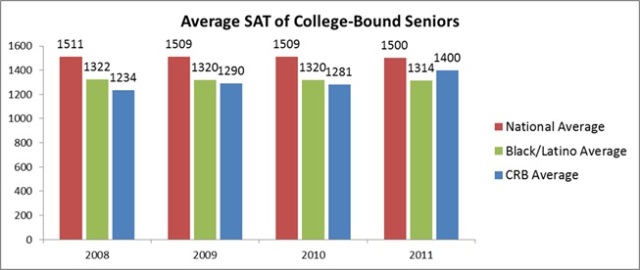Thanksgiving is always a great chance to reflect on the year with my family. This year I did something a little different and took the day after Thanksgiving for some further reflection here at the school. Several members of recent graduating classes came by our library to have a bite to eat and to chat with our principal, Fr. Jose Medina, and me. Each one told us they felt prepared for college because of the education they received here, and most told us to continue to offer a rigorous program. “Add more Advanced Placement classes,” one said. “I wish I could have taken more than one AP my senior year,” another added. She was happy to hear that we now offer five AP classes, students can take up to two AP courses, and plans are underway to add another AP class next year and allow seniors to take up to three of these courses.
The alumni we met with last week are working extremely hard in college – they know they have an opportunity of a lifetime. The message that came from our conversation with these young people is that they want to erase the achievement gap, which is what Cristo Rey Boston is all about.
The achievement gap is the difference between the academic performance of students from low-income communities and students living in middle and upper middle class areas. The achievement gap is a drain on our nation’s resources. In fact, a few years ago researchers from McKinsey & Company concluded that if there was no achievement gap in the United States, the nation’s Gross Domestic Product (GDP) would be 2 to 5% higher per year.
One barometer of the achievement gap is the 200 point difference between the average SAT scores of all college bound students and the average SAT scores of college bound Latino and African American students. Keep in mind that this is a comparison of students going to college, not those who don’t take the test at all or the 30% of entering 9th graders nationwide who fail to earn a high school degree.
All of our seniors take the SAT – something only seen at Boston’s elite high schools – and for the past four years our average SAT scores were below the national average of Latino and African American students. To make any kind of impact on the achievement gap, we knew we had to work extremely hard to address this trend. Cristo Rey Boston’s 304 students are the demographics the achievement gap points to; 49% are Latino, 44% are African American, and all are low-income, with an average family income of $26,013 and household size of 3.7.
We revamped our freshman curriculum, put a lot of effort into improved instruction in math and English, added double block courses throughout the curriculum, restructured our faculty professional development and teacher coaching effort, and added an intense remediation program for all freshmen to ensure they were proficient in math and English by the end of 9th grade. This year’s seniors are the first group to undergo four years of the new curriculum.
The results of the fall SAT tests are in, and this year’s seniors are 86 points above the national average for students of color. The improved scores tell us that the work we’ve been doing in the classroom these past four years is paying off, though we have a long way to go. Our next goal is to reach the national average for all college bound students, and this will take an enormous amount of work and additional resources.
As recent graduates urged the principal to keep up the rigorous academic program, I saw the kind of dedication our alumni gain at Cristo Rey Boston. They will work as hard as they need to in order to succeed in college and beyond, and I can already see the gap narrowing as they enter the job market our Corporate Work Study Program prepared them for.
We’re finding a way to close the gap between those with resources and those without at Cristo Rey Boston High School, and everyone involved in our school in any way can take pride in our success. We know we have work to do, but with a little help from friends in Boston and beyond, we’ll get there, and we’ll set an example for educators everywhere.


